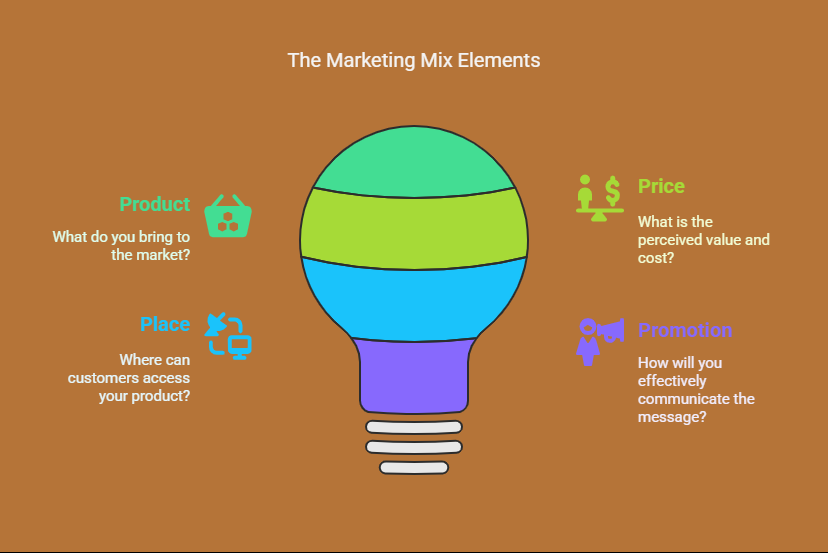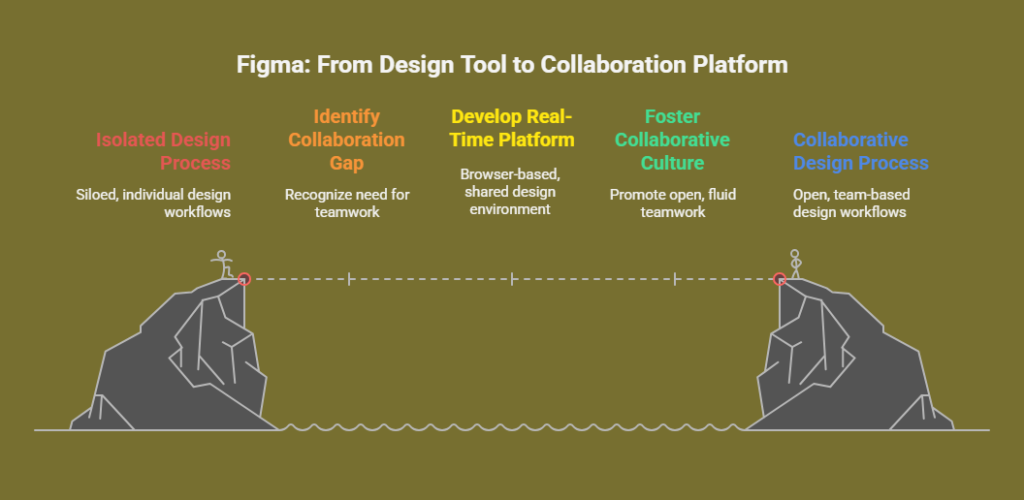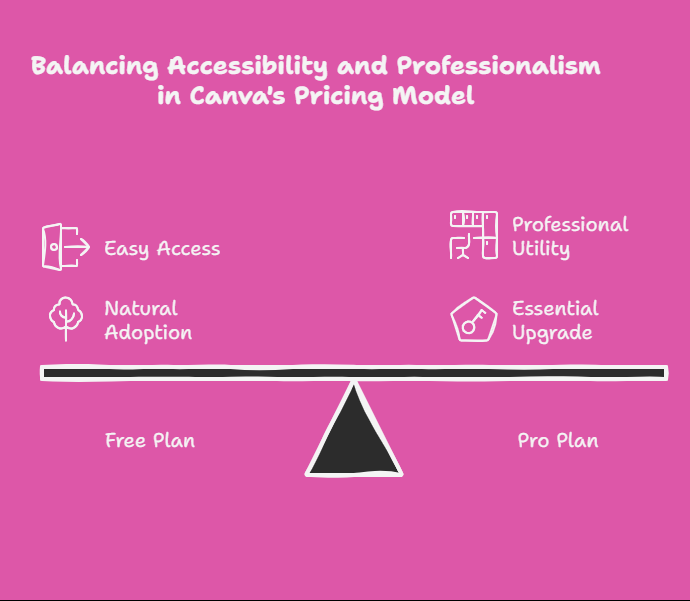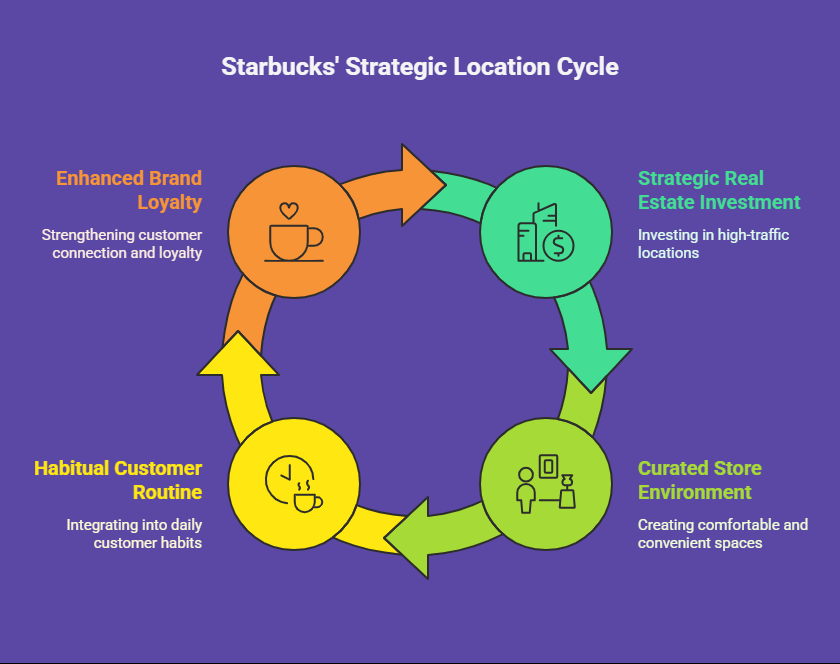
25 Jun 2025
The 4 Ps of marketing: Strategies Every Modern Brand Should Know
Table Of Content
Table of Contents
In today’s fast-moving marketing landscape, where algorithms change out of the blue and platforms can either skyrocket or crumble overnight, certain concepts about the industry like branding, experimentation, and customer focus, remain constant.
One of the most popular marketing fundamentals are the 4 Ps of marketing. These ideas lend order in a realm crowded with fleeting trends and hype.
The 4 Ps of marketing are Product, Price, Place and Promotion. With these principles, marketers are armed to make considerations that are best for the business with the customer needs and long term results in mind. Whether you’re managing a legacy brand or developing a digital-first business, the 4 Ps provide a solid foundation for long-term success and form the backbone of a strong marketing strategy.
This blog deconstructs all 4 aspects of the marketing mix, showing how to use it strategically and reflects on how major brands are taking these ideas and adapting them for a digital-first world.
What Are the 4 Ps of Marketing?
The 4 Ps of marketing (Product, Price, Place, and Promotion), first introduced by E. Jerome McCarthy in the 1960s is a core part of marketing fundamentals. It is a model for developing components of a go-to marketing strategy and is an excellent way for businesses to define a clear strategy and execute it effectively. Each “P” addresses a key business question:

- Product: What do you bring to the market?
- Price: What is the perceived value and cost?
- Place: Where can customers access your product?
- Promotion: How will you effectively communicate the message?
1. Product: The Value You Offer
A product can either be tangible or intangible. Physical products might be a luxury car or a designer handbag; services that don’t physically exist include consulting or any kind of digital and creative output. This encompasses design and quality, as well as features, packaging, and after-sales service. In crowded markets, differentiation is often less about the features and more about the value clarity, making it an essential part of any marketing strategy.
Strategic Considerations:
- What is the core problem your product solves?
- Match product features to particular audience needs.
- Iterate constantly using feedback and data.
Example of Product:
Figma was founded with a very specific goal — to bridge the gap between designers and the teams they work with.

With so many other design tools vying for attention with features and interface improvements, Figma stepped back from the madness and asked what the real problem was: collaboration. Design was no longer done in isolation, but most tools were still approaching it that way.
They didn’t just make the tool better; they changed the way the work was done.
Figma pushed the real-time browser-based collaborative experience where you could bring design, developers and stakeholders all to contribute to a design in one live shared space without any feedback delays This change transformed the product into something unique altogether.
Figma wasn’t only selling the design software. It helped foster a culture of thinking together — a place where creative work was more open, more fluid, more collaborative. That’s what set it apart and what made “real-time teamwork” the real product.
2. Price: Depending on Your Position
Pricing is not simply a financial decision — it is also a strategic one. Price communicates quality, brand position and value. In competitive categories, it can actually lift a brand or make it worse.
Modern pricing strategy goes beyond cost-plus or competitor analysis. Considerations for such brands these days include perceived value, buyers psychology, and the generation of long-term brand equity.
Strategic Considerations in Pricing Strategy:
- Base pricing on value if there is significant differentiation.
- Consider both price elasticity and brand value.
- A/B testing or tiered models. Try multiple price points.
Example of Price:

- The pricing strategy of Canva is a calculated blend of easy access and long term monetization.The company’s free plan is substantial and real value is delivered to the end user at the outset — enough to get the user to come on board and trust the company without having to commit from the start. This reduces barriers to entry and promotes natural adoption, especially among freelancers, students, and startups.
- But the true product marketing brilliance lies in how Canva Pro is being positioned. Its paid tier is cheap enough to feel genuinely affordable, but high enough to give a sense of professionalism and utility. For beginners who begin for free and experience limited options for creativity like premium templates, the upgrade begins to seem essential.
- This freemium-to-paid model not only converts users, it influences brand perception. That’s invaluable for any product in a competitive market. Canva turns into a friend scaling over time, friendly, relatable and growing with you — a small psychological loop that increases loyalty and gives a lifetime value.
3. Place – Accessibility of Your Product
“Place” stands for the distribution channels through which a product is provided to a customer. While it used to include mainly physical distribution, in modern marketing fundamentals it now extends to digital platforms,marketplaces, and D2C websites.
The right channels aren’t just about reach — it’s about being present where your audience already engages and, crucially, transacts.
Strategic Considerations:
- Know where your customers are and where they make purchasing decisions.
- Optimize for discovery (search engines, social media) and conversion (e-commerce UX, offline experiences).
- Think about logistics, scalability, and brand ownership.
Example of Place :

- Starbucks excelled at “Place” by becoming a ritualized part of people’s daily lives.
Instead of traditional advertising, the brand invested in strategic real estate, putting stores in high-traffic locations such as city centers, airports, and colleges. - They made every store a point of sale. Starbucks has an environment that’s been carefully curated for comfort, convenience, and routine, making Starbucks not just convenient, but also habitual.
- Its real-world exposure became its distribution edge. By nesting itself in daily life, Starbucks made location a crucial part of the brand — and quietly scaled the kind of global brand you never really feel is mass-produced.
4. Promotion: visibility established in a strategic way
Promotion includes everything you do to make your product’s value apparent, from digital ads and influencer campaigns to SEO, content and email marketing. It’s not just about making noise; it is about the ability to create messaging that is relevant, happening in real time, and targeted.
The best marketing tactics are consistent with the brand’s voice, user intent focused, and backed up by performance data.
Strategic Considerations:
Develop and execute integrated campaigns across different kinds of media like earned and sponsored media. Tailor your messaging for every stage of your customer’s journey.
Keep track of the impact using behavioral data.
Example of Promotion:
Grammarly didn’t grow through a viral stunt or influencer hype; it mastered visibility by being everywhere all the time.

- Its promotional plan was simple — spend a lot of money on YouTube pre-roll advertisements, inserting short, targeted video ads in front of productivity, education and tech content. Rather than shouting about it, though, Grammarly focused on relevance and timing — showing up quietly wherever professionals and students were already learning or working.
- This was not ad placement but exposure-by-habit. The brand’s friendly, utility-driven tone helped the ads feel helpful, not invasive. With time, this regularity created familiarity, trust, and product attentiveness.
- By thinking of promotion as a system and not a one-off campaign, Grammarly scaled not through noise, but precision.
Bringing the 4 Ps Together: The Magic Is in the Balance
Any of the 4 Ps has an inherent independent value, but they are most potent when they work in sync with each other. And when product pricing is out of sync, or place and promotion are off-key, it creates confusion and as a result, your brand ends up losing consumer trust.
Selling a premium product at too low a price sends mixed messages. A great advertising campaign sucks if the product isn’t available. Uniformity across the four areas will also create brand cohesion and drive economic success.
Conclusion: The Continuing Relevance of the 4 Ps
At a moment when marketers may be tempted to chase every new tool or algorithm shift, or viral format, the marketing mix of the 4 Ps serves as strong marketing fundamentals.
The strategy of what you sell, how you price it, where you sell it, and how you promote it will always remain critical.
For companies truly committed to sustainable growth, it’s not an option to pay attention to the 4 Ps of marketing — it’s a requirement. They provide clarity on what should be done, structure for how things should be planned, and discipline for how things should be executed for product marketing.
At Biztalbox, we help modern brands direct these core marketing fundamentals into practical marketing strategies that work — and not just for the next campaign, but for long-term growth.
FAQs on 4 Ps of Marketing
1. What are the 4 Ps of marketing?
The 4 Ps of marketing (Product, Price, Place, and Promotion), first introduced by E. Jerome McCarthy in the 1960s, are a core part of marketing fundamentals. They provide a model for developing components of a go-to marketing strategy and help businesses define a clear strategy and execute it effectively.
2. What do the 4 Ps of marketing represent?
Each “P” addresses a key business question:
Product: What do you bring to the market?
Price: What is the perceived value and cost?
Place: Where can customers access your product?
Promotion: How will you effectively communicate the message?
3. How do you make a product successful in marketing?
Strategic considerations in product marketing include:
What is the core problem your product solves?
Match product features to particular audience needs.
Iterate constantly using feedback and data to refine your marketing strategy.
4. Can you give a real-world example of successful product marketing?
Figma is a great example of product marketing in action. It focused on solving the real problem of collaboration between designers and teams, creating a real-time browser-based collaborative experience. Figma didn’t just sell design software; it fostered a culture of open, fluid, and collaborative creative work, making “real-time teamwork” the core of its brand marketing identity.
5. What is an example of a successful pricing strategy in the 4 Ps of marketing?
Canva provides a great example. Its pricing strategy blends easy access with long-term monetization. The free plan delivers real value upfront, encouraging adoption among freelancers, students, and startups. Canva Pro’s paid tier is positioned to feel affordable yet professional, making upgrades seem essential. This freemium-to-paid model not only converts users but also strengthens brand perception, demonstrating how pricing strategy in the 4 Ps of marketing can drive loyalty and long-term growth.
6. What is an example of place used well in a brand within the 4 Ps of marketing?
Starbucks excelled at “Place” by becoming a ritualized part of people’s daily lives. Instead of traditional advertising, the brand invested in strategic real estate, putting stores in high-traffic locations such as city centers, airports, and colleges. Every store was a point of sale, carefully curated for comfort, convenience, and routine. Its real-world exposure became its distribution edge, making location a crucial part of the brand.
7. What is an example of promotion in brand marketing according to the 4 Ps of marketing?
Grammarly mastered visibility by being everywhere all the time, an excellent example of effective marketing strategy. Its promotional plan included YouTube pre-roll advertisements targeted at productivity, education, and tech content. By focusing on relevance and timing, Grammarly created exposure-by-habit, building familiarity, trust, and product attentiveness.
8. Is it important to use all 4 Ps of marketing together?
Yes. While each P—Product, Price, Place, and Promotion—has its own value, they are most effective when aligned within a marketing strategy. Using them together ensures brand cohesion, clear messaging, and helps build consumer trust, driving long-term success in product marketing and overall marketing fundamentals.
Also Read:- Macintosh 1984 Commercial: The Apple of Steve’s Eye
Leave a Reply
Your email address will not be published. Required fields are marked *












Comments